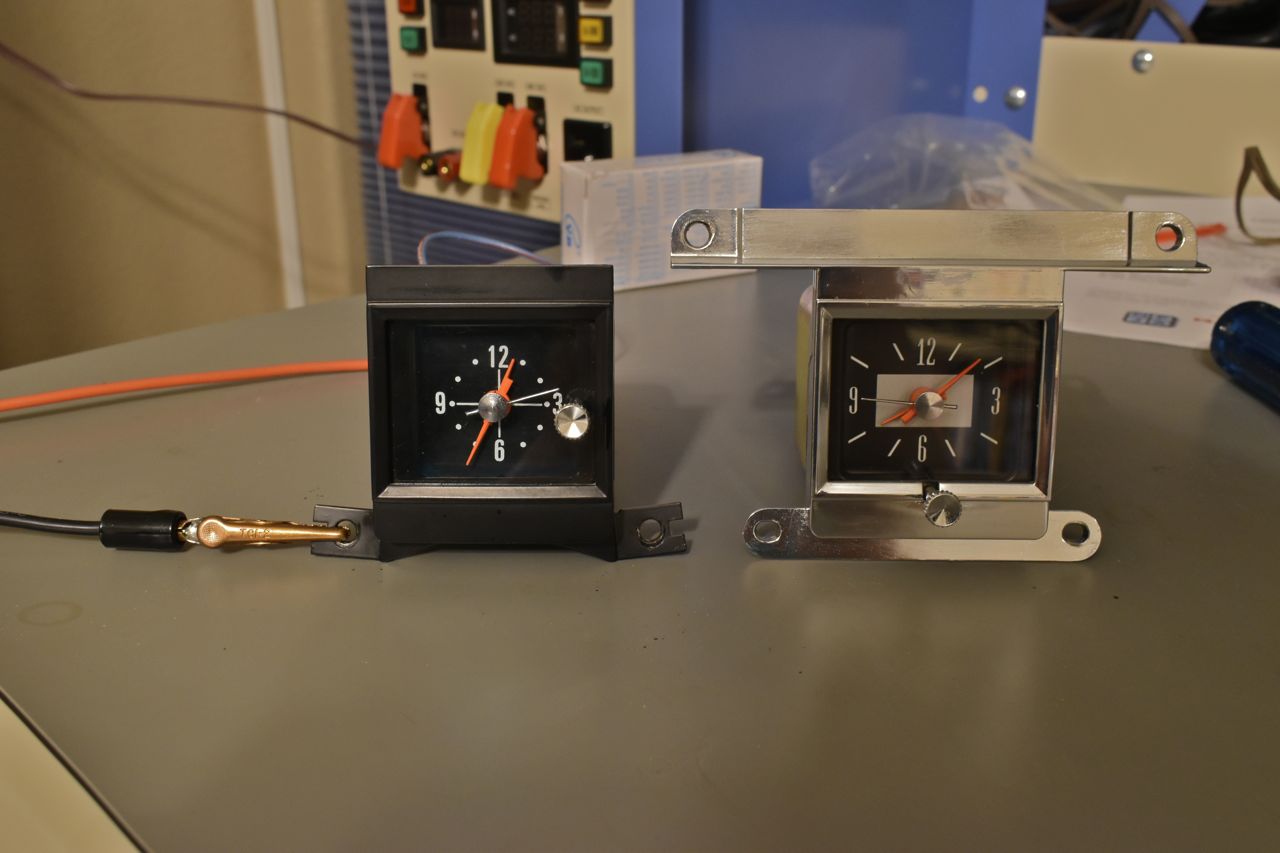1968 Ford XL Repairing Whilst Keeping It Roadworthy : 30 Clock
2023, November 14
1 - 2 - 3 - 4 - 5 - 6 - 7 - 8 - 9 - 10 - 11 - 12 - 13 - 14 - 15 - 16 - 17 - 18 - 19 - 20 - 21 - 22 - 23 - 24 - 25 - 26 - 27 - 28 - 29 - 30 - 31 - 32 - 33 - 34 - 35 - 36 - 37 - 38 - 39 - 40 - 41 - 42 - 43 - 44 - 45 - 46 - 47 - 48 - 49 - 50 - 51 - 52 - 53 - 54 - 55 - 56 - 57 - 58 - 59 - 60 - 61 - 62 - 63 - 64 - 65 - 66 - 67 - 68 - 69 - 70 - 71 - 72 - 73 - 74The plastic window has seen better days, it's all hazed up and scratched.
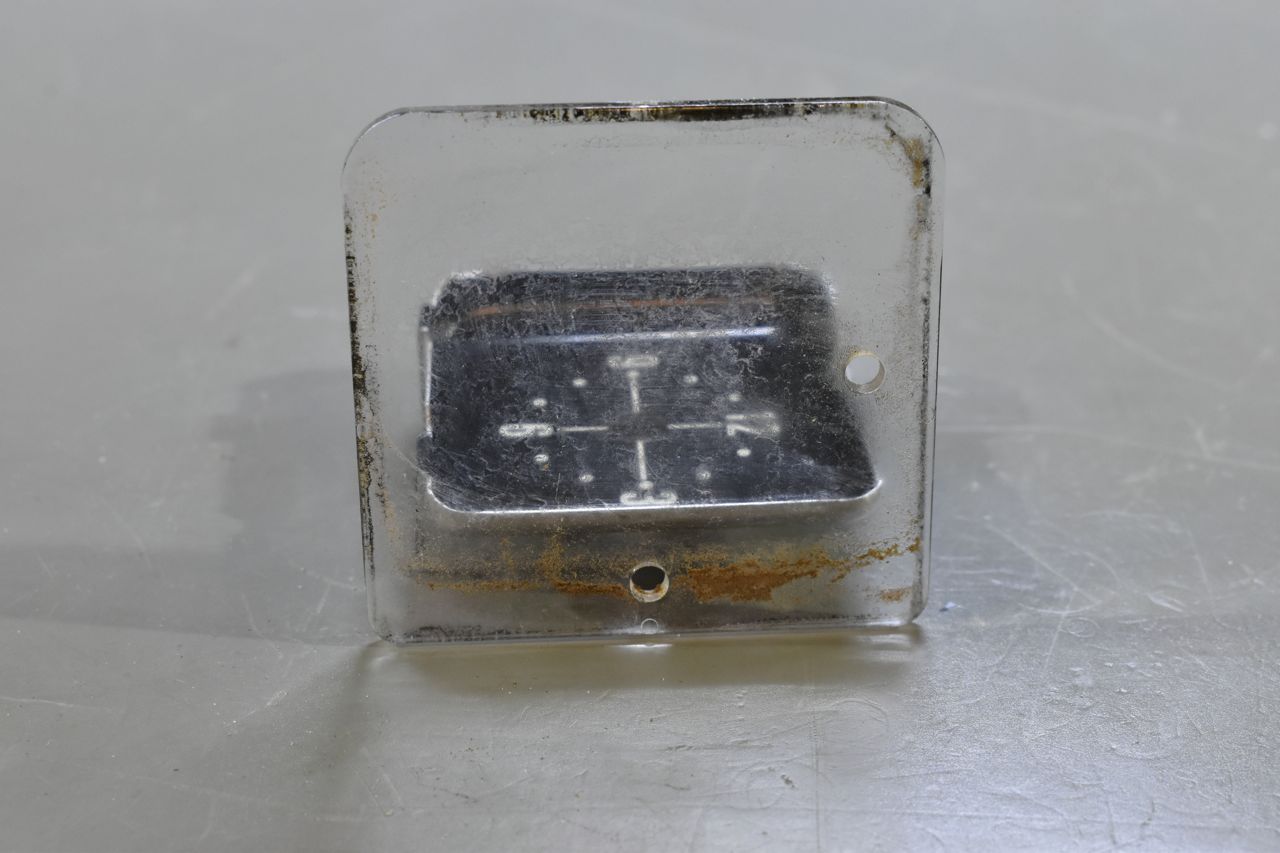
10 minutes on the polisher and it almost looks brand new.
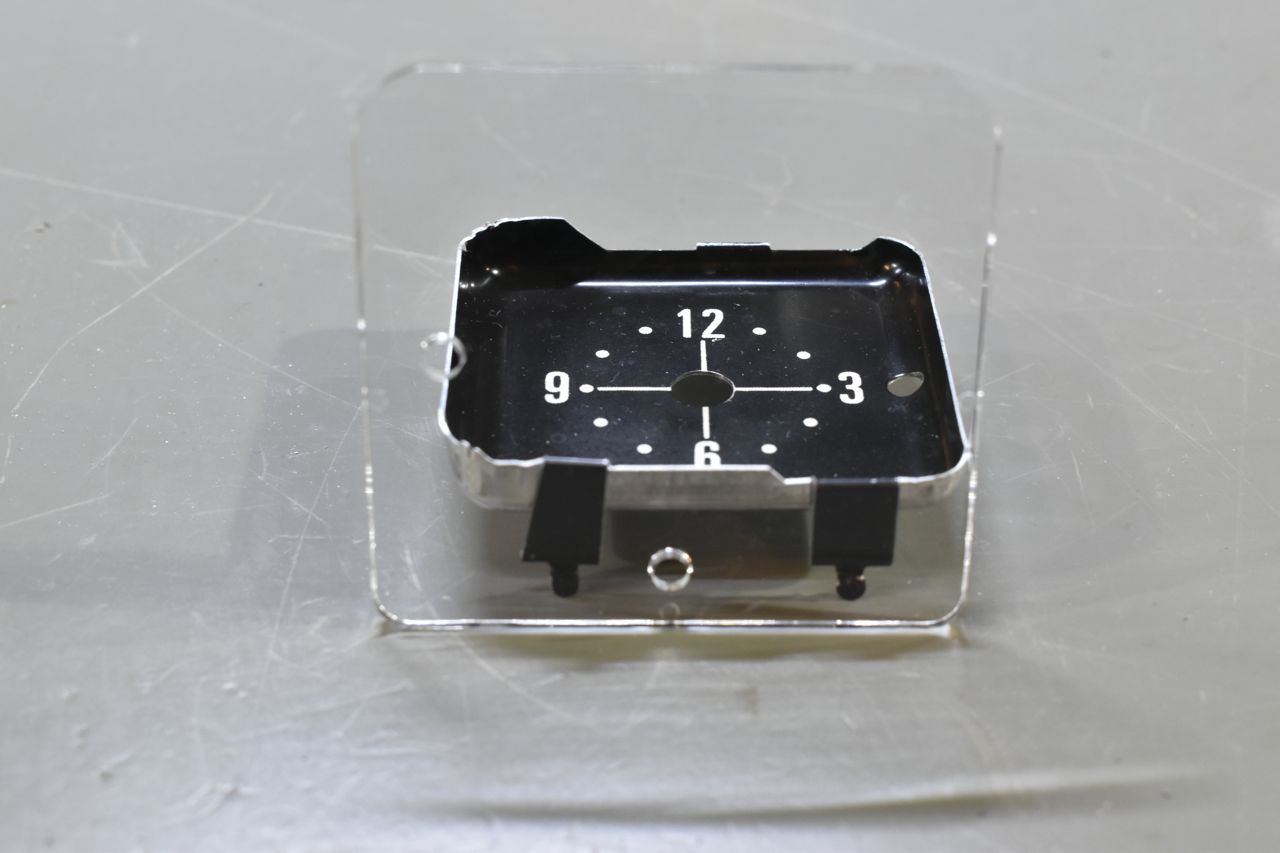
Mostly back together.
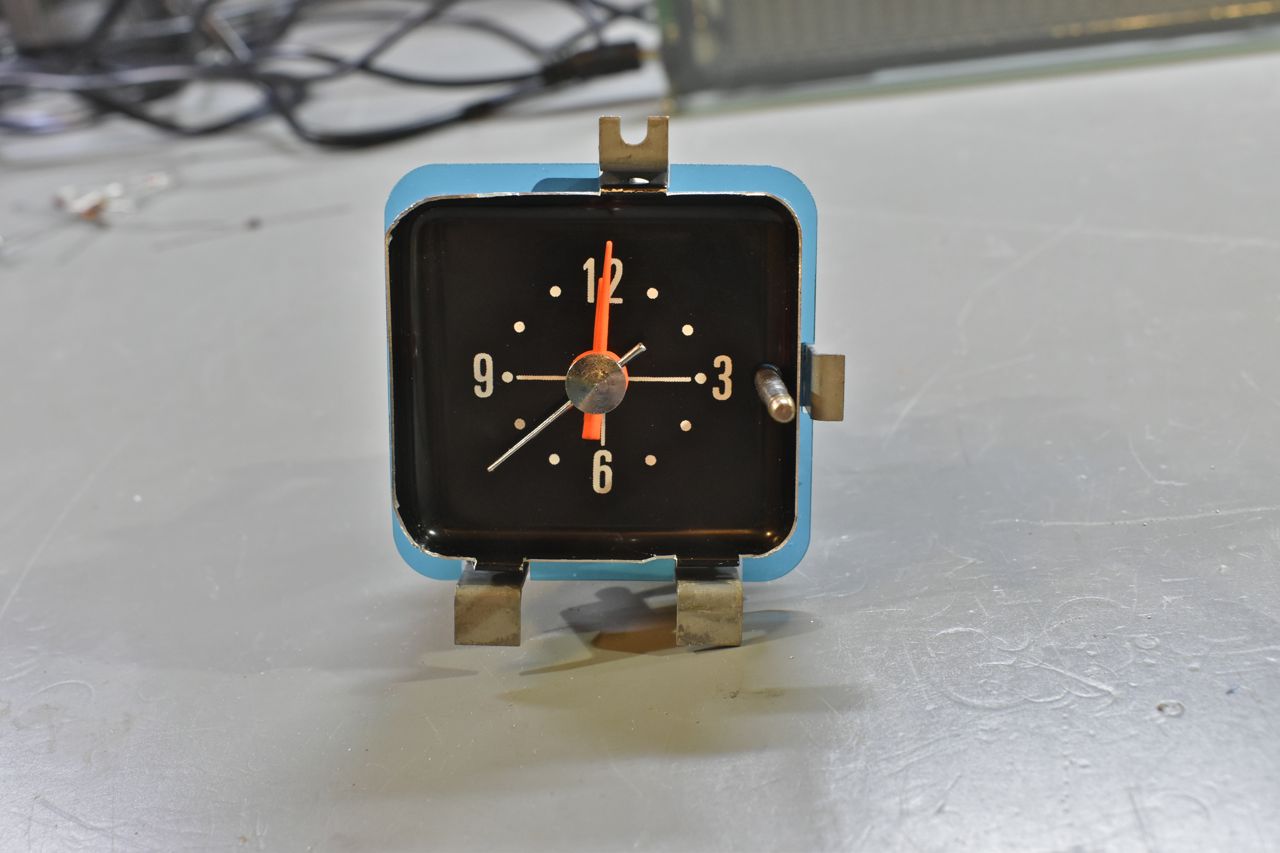
Once it's assembled I apply liberally Tri-Flow oil to the parts then take the can of air duster and blow all the excess oil off the gear train.

I also clean out the shell so the light can reflect properly.
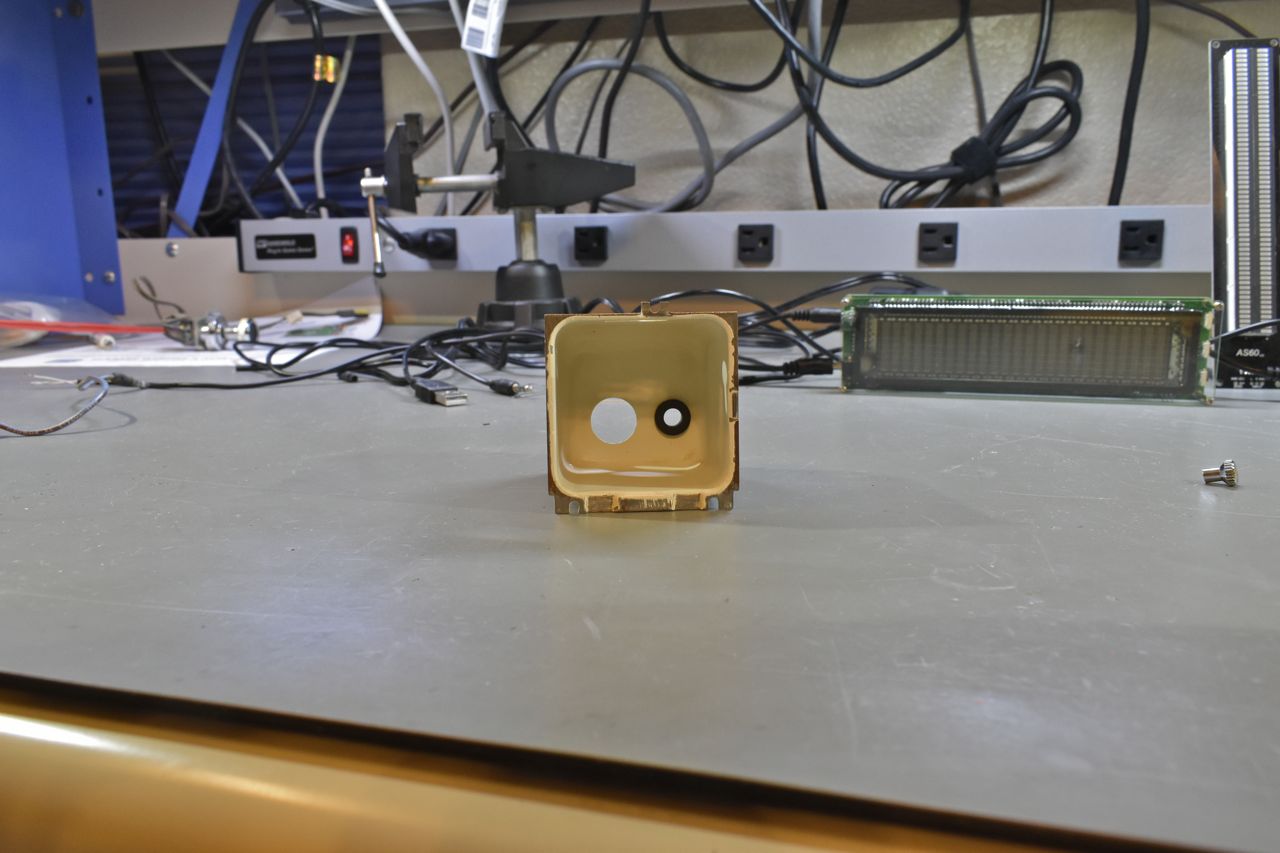
Back in the case.
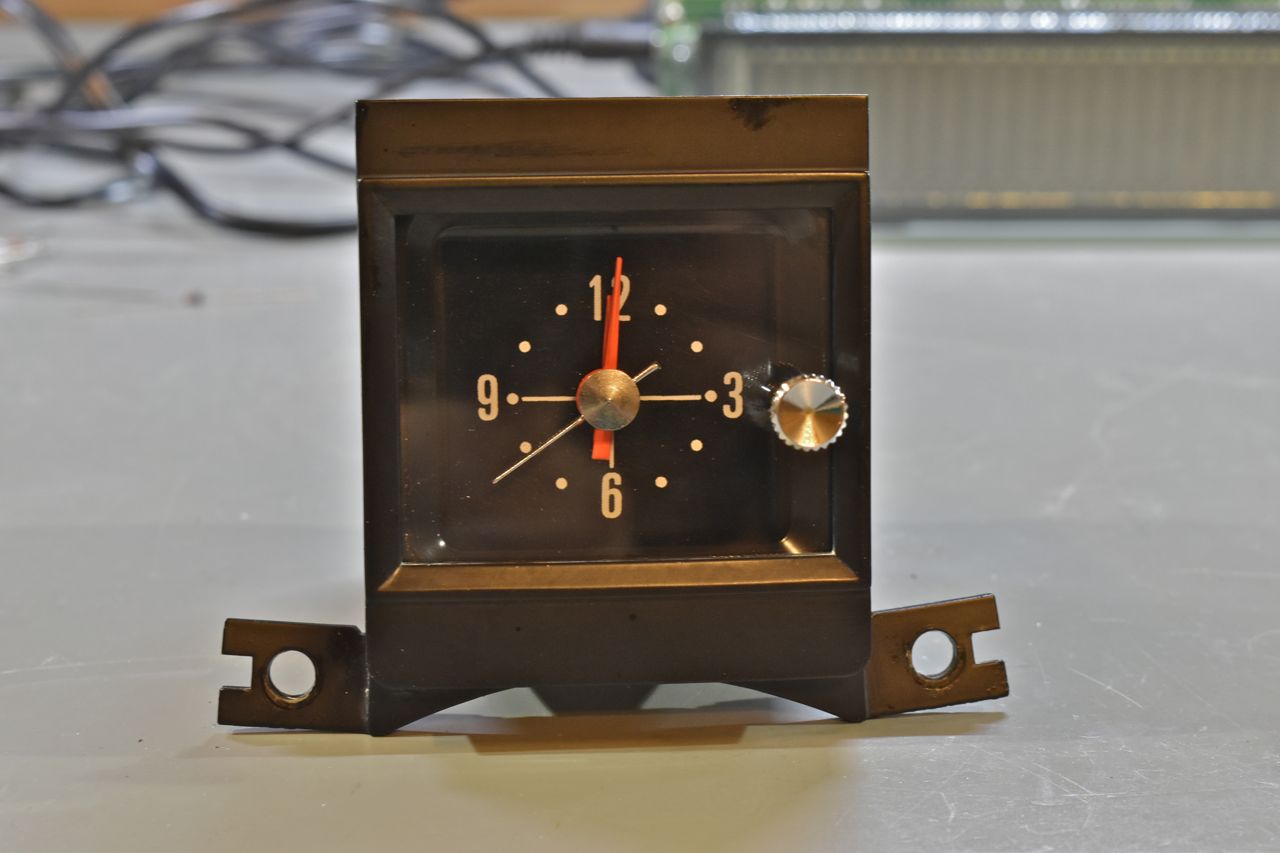
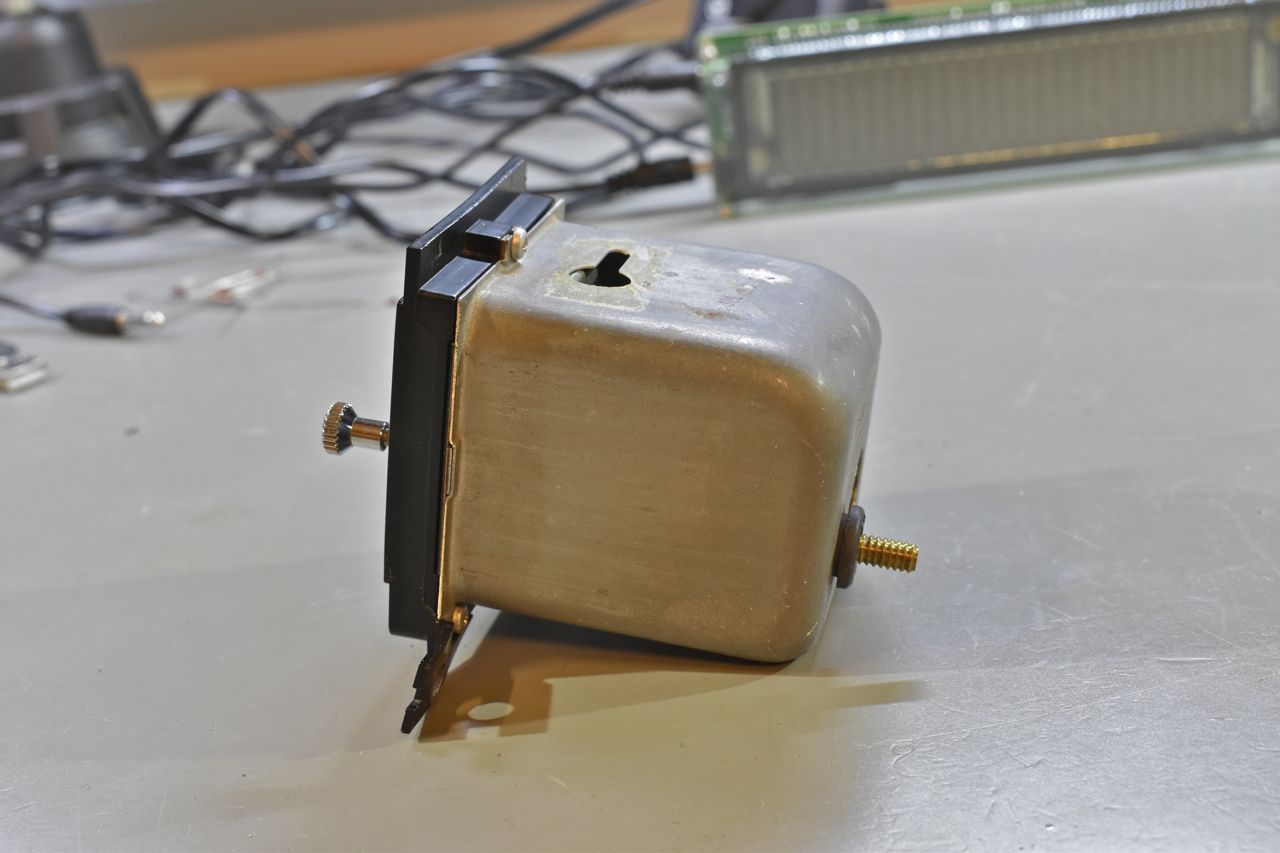
The bulb that was in there was a #53 and the clock wasn't terribly bright.

I put an #1816 in and that looks pretty darn good at night.
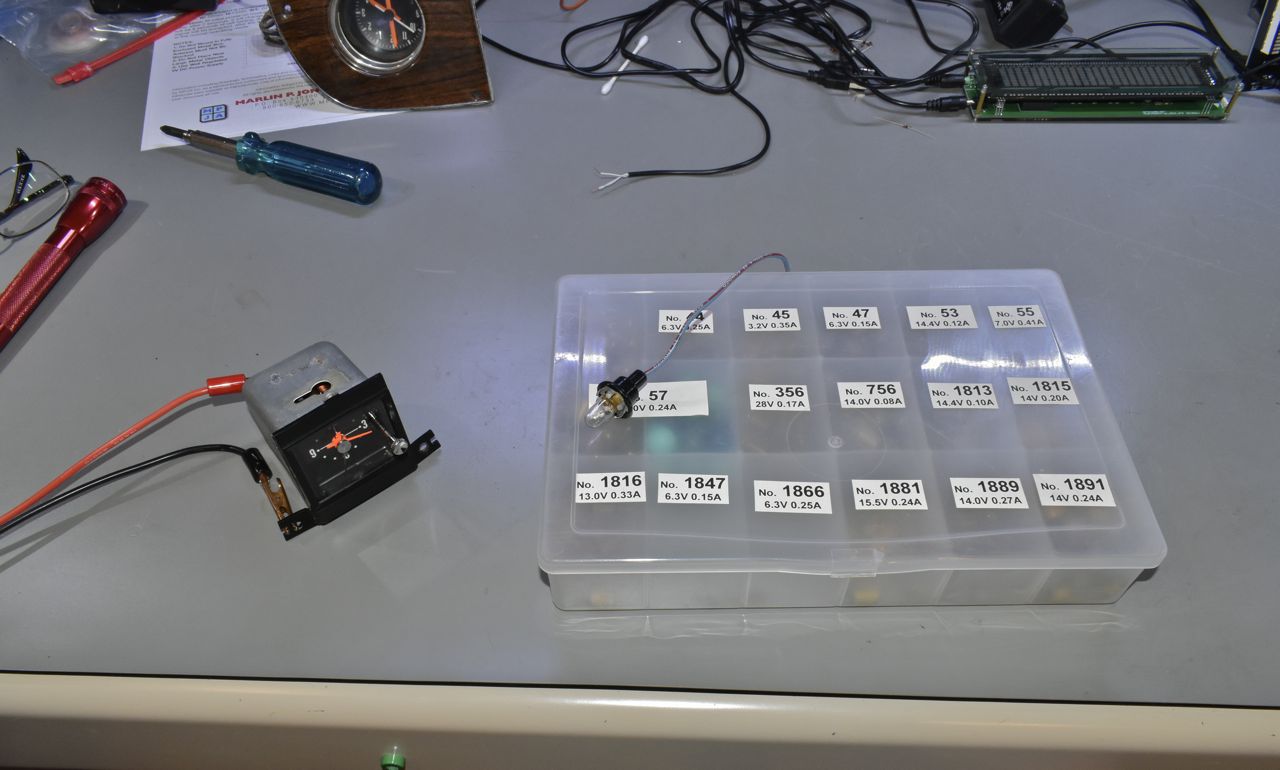
Now with the lamp lit I let the clock run in the lab for a couple of days to break in the replacement parts and get the oil settled. I also make sure the auto time adjust mechanism works. There is a small star wheel and hook (very similar to drum brake adjuster) that every time you have to adjust the clock it ratchets the star wheel and the star wheel connects to the hairspring virtual mount. It can have the effect of shortening or lengthening the spring thereby speeding up or slower down the flywheel.
The designers of this were very clever and my hat is off to them. Every time you adjust the time, it ratchets just once and no matter how many times thereafter you fiddle with the knob, it won't notch it again until 1 hour has passed. That's pretty darn clever and it's all mechanical.
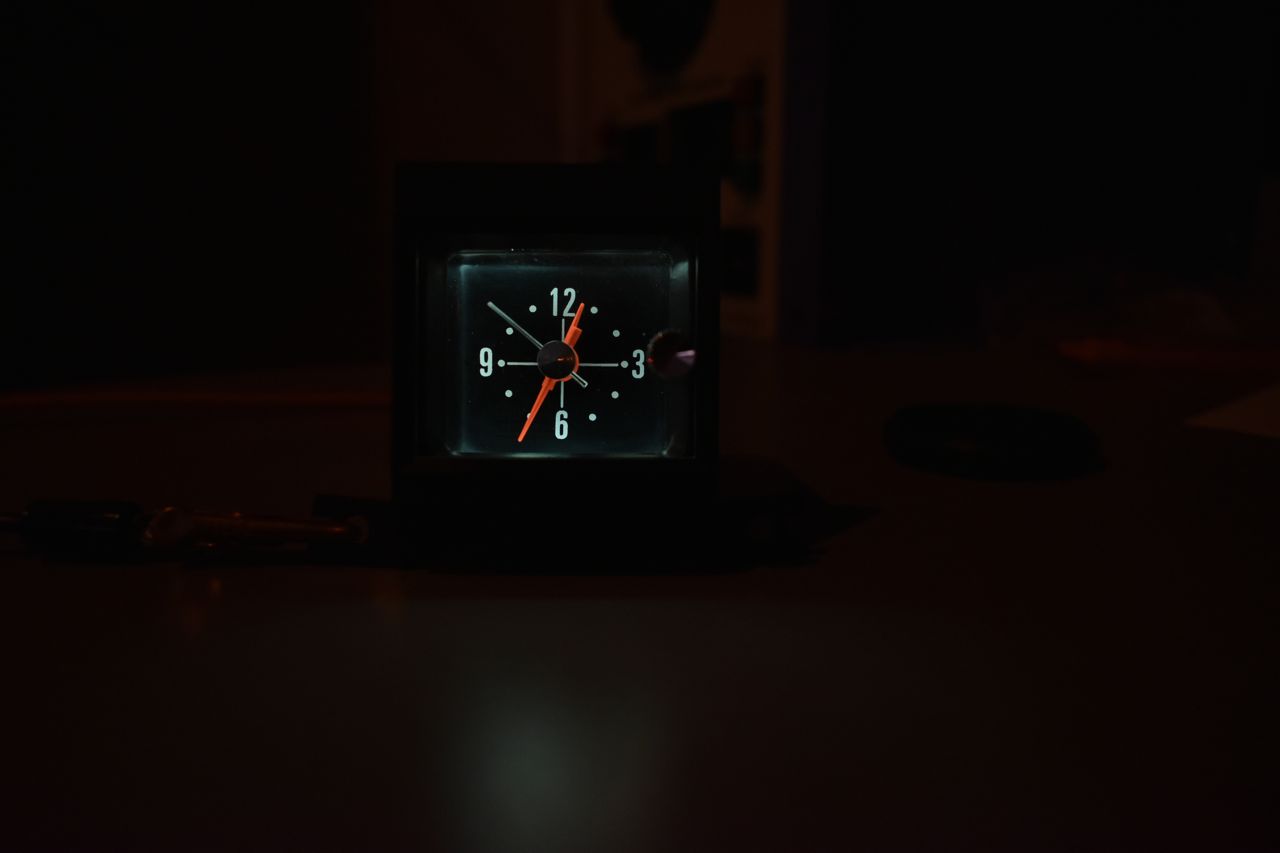
I will say this, the 1966 clocks are more elegant. It's the same guts more or less just rotated -90 degrees in the housing. But these clocks are done and ready to time keep
